Tags: James Webb Space Telescope

James Webb Space Telescope Offers Fresh Novel Look at Famous 1,000-year-old Crab Nebula
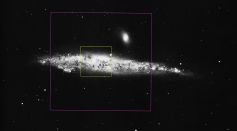
James Webb Space Telescope's Discovered Kilonova's Heavy Metal Symphony, Unveiling Cosmic Element Origins
James Webb Space Telescope Could Help Explain Hellish Super-Earth’s Strange Signals That Keep Bizarre Exoplanet From Losing, Re-Growing Atmosphere

James Webb Space Telescope Discovers Quartz Showers, Silica Snow in Jupiter Exoplanet's Hot Atmosphere

James Webb Space Telescope Finds Numerous Starless Jupiter-Sized Planets in New Orion Nebula Survey
James Webb Space Telescope Captures a 21-Billion-Year-Old Einstein Ring Surrounding a Mysteriously Dense Galaxy

James Webb Space Telescope Watches Saturn's Changing Seasons
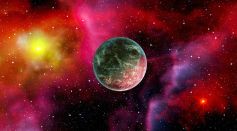
Exoplanet K2-18b Could Be a Hycean Water World That Supports Life, JWST Observations Reveal
James Webb Space Telescope Discovers Methane and Carbon Dioxide in K2-18 b; Can It Be a Habitable Planet That Support Life?
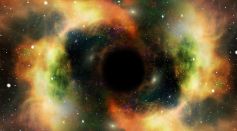
How Rare Are Active Supermassive Black Holes? Astronomers Say That SMBHs That Undergo Growth Spurts Are Fewer Than Thought

NASA's James Webb Space Telescope Unveils New Photo of Ring Nebula, Showing More Intricate Details of the Dying Star
James Webb Space Telescope Confirms 'Maisie's Galaxy,' Unveiling One of the Universe's Earliest Celestial Wonders
James Webb Space Telescope Captures Images of Earendel, Reveals the Colors of the Farthest Star Ever Detected
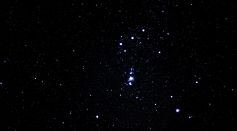
Strange Kaiju Star 'Mothra' That Seems Bizarrely Bright Points to Dark Matter Clues in the Sky
Ring Nebula's Beauty Revealed: Spectacular Image Shows Its Green and Purple Eye, Presenting Dying Star in Exquisite Detail
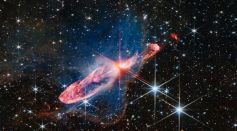
James Webb Space Telescope Discovers a Spooky Question Mark in Deep Space; Could It Be a Message From Extraterrestrials?
James Webb Space Telescope Releases New Photo of Gravitationally Distorted Galaxy Cluster ‘El Gordo’

James Webb Space Telescope Continues To Send Dazzling Photos of the Universe After One Year: What's So Special About It?
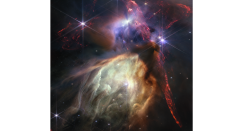
NASA's James Webb Space Telescope Captures the Birth of 50 Sun-like Stars on Its First Anniversary Observing the Universe
NASA’s James Webb Space Telescope Discovers the Earliest Strand in the Cosmic Web That Links Galaxies
Most Popular

Why Stars Twinkle: Flickering Explained by Atmospheric Turbulence and Light Distortion

The Role of Materials Science in Engineering: How Modern Engineering Materials Drive Innovation

Tornadoes vs. Waterspouts vs. Dust Devils: Key Differences and Vortex Types Explained

Climate Adaptation Strategies Explained: How Societies Respond to Climate Change





